How Do Hydrodynamics Affect Boating?
There is a lot of science at play in the world of boating. In particular, the effect of hydrodynamics is something most boaters don’t know about. The forces at work as it relates to water flow, wave resistance and friction are all at play. The hull shape of your boat, the weight, and the amount of drag all come into play.
When you understand hydrodynamic effects, you’ll have a clearer picture of how boats work. Let’s take a look at what hydrodynamics are. Then we can check out how this relates to boating. What is it about your hull shape, drag, speed and more that work with and against hydrodynamic effects.. And finally how hydrodynamics can be used to your advantage.
What are Hydrodynamics?
You have probably heard the term aerodynamics applied to planes. Also, cars and other fast moving objects. That means something that has a shape that reduces the drag from air. Aerodynamics are the sciences dealing with forces acting on and exerted by air.
Hydrodynamics are related to water and liquid. Something that is hydrodynamic, like a boat, reduces drag caused by water. Hydrodynamics are concerned with the forces and drag acting on or caused by water.
What is Hydrodynamic Effect?
Any boat moving through water caused a hydrodynamic effect. The friction of the water on the hull of your boat will create turbulence. This will extend from the bow to the stern. Port side and starboard side. It doesn’t matter if you are rowing boats, sailing, or using an outboard.

If your boat has an engine, this affects the hydrodynamics as well. The turbulence created by boat hull shape is one thing. But the spinning propellers have their own hydrodynamic effect. They pull water down and in, towards the center of the boat.
This is the main reason you need to steer clear of shipping lanes. Large boats displace a large amount of water. They produce a larger hydrodynamic effect. If you pass too close to a larger boat, you will get pulled towards the side. If you pass behind the stern of the larger boat, you risk the propellers sucking you in.
You can see the hydrodynamic effect in action. Any time you are on the water look for debris like leaves or sticks floating alongside the boat. They will be dragged along with you as you travel. You could even drop a ball overboard to watch the effect. Just make sure you retrieve it afterward.
The danger on smaller boats is how this effect works on human bodies. In a man overboard situation, you risk being pulled along beside or behind the boat. The force is strong enough to pull you against the side and under a boat. If it has propellers, the results could be deadly.
What is Hydrodynamic Lift?
At rest a boat stays above the water thanks to its buoyancy. The air inside the boat is less dense than water. So the water displaced by your boat hull floats as a result. The force of the water pushing against it keeps it on the water. This is true at slow speeds as well. At greater speeds, the effects of hydrodynamics come into play.
If your boat is capable of planing then hydrodynamic lift comes into play. It will replace buoyancy as the means to keep the boat above the water.
What is Planing?
Planing as it relates to boats refers to how the boat moves over the water. The hull is able to skim the water thanks to hydrodynamic lift. This means the buoyancy is not the chief force acting on the hull
The hydrodynamic lift is a force that is perpendicular to the motion of the boat. So the boat moves forward. The hydrodynamic lift pushes up. A planing surface is needed for this to happen on a boat. Luckily, many boats have planing surfaces. In fact, there are several different ones.
- Propellers
- Sails
- Hydrofoils
- Wings
These are all planing surfaces. They will enable hydrodynamic lift at the right speed.
How Does Hydrodynamic Lift Work?
When you are in a boat, several things are happening. As it travels, the trim and the sink will change. That means the bow moves up or down. And it also means the boat’s center of gravity rises and falls. Pressure under the hull is partially responsible for this. But so is the wave form at the side of your hull. As the boat goes faster the sink, or center of gravity gets lower. In turn the trim, or bow, gets higher. No doubt you have seen speed boats racing along with the bow off the water completely. That is hydrodynamic lift.
For some boats, hydrodynamic lift is very much wanted. Many boaters like the idea of the bow lifting out of the water. In racing, this is common. But for other boaters this can be a hassle. And also a danger. Rowing boats are subject to this same force. Competitively, that can be a disadvantage if the bow gets too high. So understanding how to manage hydrodynamic lift can be very important.
What is a Hydrofoil?
Hydrofoils are lifting surfaces on boats. They are not all that common these days. In practice, they are similar to aerofoils on planes. To an outside observer, a hydrofoil looks like a small foot on a leg. A hydrofoil boat will have several hydrofoils attached to the bottom of the hull. These are typically T-shaped and are fully submerged. A hydrofoil boat may also have V-shaped foils. These are only partially submerged
Boats with a V-shaped hydrofoil are a little rougher on the seas. Those with T-shaped foils can be more smooth. T-shaped foils need regular adjustments, however. Sensors on the boat should do this automatically to keep them properly aligned.
A hydrofoil has the potential to reach impressive speeds. The world’s fastest hydrofoil is capable of reaching speeds of over 50 knots.
How Do Hydrodynamics Affect Sailing?
Sail boats make use of aerodynamics as well as hydrodynamics. Wind is harnessed in the sails and the hull shape must work in the water. When both are optimized, a sail boat can travel through water quickly and easily.
The keel of a sailboat is able to provide hydrodynamic lift. The sails are also able to provide aerodynamic lift. The two lifting forces allow sailboats to glide easily in the right conditions.
Wave resistance and turbulence work against the forces keeping a sailboat moving. A skilled sailor has to learn to work with this.
The keel of a boat does not have to be extremely large. It was once thought that a longer keep would prevent tipping. Also that it would provide faster forward motion. That’s not necessarily the case, however. In fact, a keel doesn’t even provide forward lift. It only works by way of sideways motion. Water moves faster on one side of the keel than the other as a result, This creates a difference in pressure. That pressure, along with the lift created in the sails, moves the boat.
There is a lot of complex physics involved in the motion of a sailboat. It’s not necessary to fully understand all the forces at work. But it is always good to know how hydrodynamics can be applied to increase speed and smooth out a voyage.
How Are Hydrodynamics Tested?
Obviously modern boat makers put a lot of effort into design. That includes a lot of research. In order to test hydrodynamic properties, something called a towing tank is needed. You can find these at research labs. Sometimes at universities as well.
A towing tank is a ship model basin. These are usually very long, several hundred meters in fact. A boat being tested will travel from one end to the other. Sometimes under its own power, sometimes being towed. Computers and sensors monitor the vessel as it travels. Every aspect of the boat’s travel is monitored in the towing tank. That towing tank data is then analyzed to improve hydrodynamic effects on the boat.
How Does Hull Shape Affect Hydrodynamics?
Hull design, and what they call fluid dynamics, rely on Bernoulli’s Principle. It states that an increase in the speed of a fluid occurs simultaneously with a decrease in static pressure or a decrease in the fluid’s potential energy. There is a complex equation
that goes along with it as well.
Bernoulli’s Principle means that as fluid moves faster it’s pressure decreases. On the opposite side, the slower fluid has a greater pressure. As we mentioned with the keel earlier, one side will have greater pressure than the other. This creates the forward motion of the boat, when combined with the sails.
Your boat’s hull puts pressure on the water beneath and around it. The water exerts pressure back on the boat. But if the hull is designed hydrodynamically, that force can be harnessed. Resistance and drag can be limited. Instead, the force will act to push the boat along. With the aid of a motor, sails, or oars, hull design helps push the boat.
If you have ever tried paddling different shaped boats, you will have felt this in action. A flat-bottomed inflatable dinghy is less hydrodynamic than a jet boat. The broad bow makes it harder to push forward as you paddle.
Good hull design will reduce change in water velocity. Many boat designs focus solely on hull design at the bow. The boat is designed in a way that makes it look like it is cutting into the water. Midship and stern design is often overlooked. However, pressure applies equally over the entire hull. There have been some advances in hull design that take this into account. A scientifically designed hull from bow to stern can be very efficient. It can make incredible use of hydrodynamics. This in turn ensures a great deal of speed and reduced turbulence, drag, and so on.
How Do Hydrodynamics Affect Boat Propulsion?
The way your boat moves through the water can be extremely clumsy. Historically, not all boat designers have been concerned with efficiency. Propellers at the stern of a boat are capable of pushing nearly any craft forward. That said, it is not always the best or easiest method. Consider trying to ride a bike with flat tires up a hill. Yes, you can do it. No, it’s not the easiest way.
Methods of boat propulsion don’t always take hydrodynamics into account. Using oars to paddle can be very ineffective, for instance. If you don’t know the best way to paddle a boat, a lot of energy can be wasted. Sometimes this is due to a lack of skill. Sometimes it’s poor hull design.
Unfortunately, some boats are subject to a lot of resistance. Drag and other forces push back on a boat and prevent it from moving. The current in the water and weather conditions can exacerbate this.
Modern engineering is more aware of how these forces work. Propeller design and output is optimized. For many boats this will mean a decrease in fuel used and an increase in performance. In other words you can travel further faster.
The Bottom Line
The science of hydrodynamics can be very in depth and intimidating. The physics can put a lot of boaters off. The terminology gets confusing. Something like Bernoulli’s equation can read like gibberish. This is especially true if you are not well versed in physics. For that reason, many boaters feel like a fish out of water when it comes to hydrodynamics.
Understanding hydrodynamics is important for a serious boater, however. There are tricks that you can employ to get the most out of your boat as a result. This can be allied to recreational boating, fishing and more.
You don’t need to take a physics class to wrap your head around everything worth knowing. But there are some things it does benefit you to understand.
- First and foremost, understand the dangers. The hydrodynamic effect of water can be deadly. This is why you need to avoid larger boats at all costs. It’s also why you need to be cautious around smaller boats or swimmers. When you are the large boat, you need to be wary.
- Understanding hydrodynamic forces in the water can help prevent accidents. That can be anything from potential hull damage to drownings.
- A proper understanding of hydrodynamics can improve your performance. If you’re a boater who likes speed, this is absolutely important. You can use an understanding of these forces to go faster and have more fun. Just remember to be safe at all times.
- If you race boats, hydrodynamics is something you want to have a good grasp of. Knowing when and why hydrodynamic lift occurs will keep you on a more even keel.
Don’t let the science intimidate you. Make sure you’re following the Rules of the Road. Ensure everyone on board has a personal flotation device. Be safe and have fun.
Categories: Boats

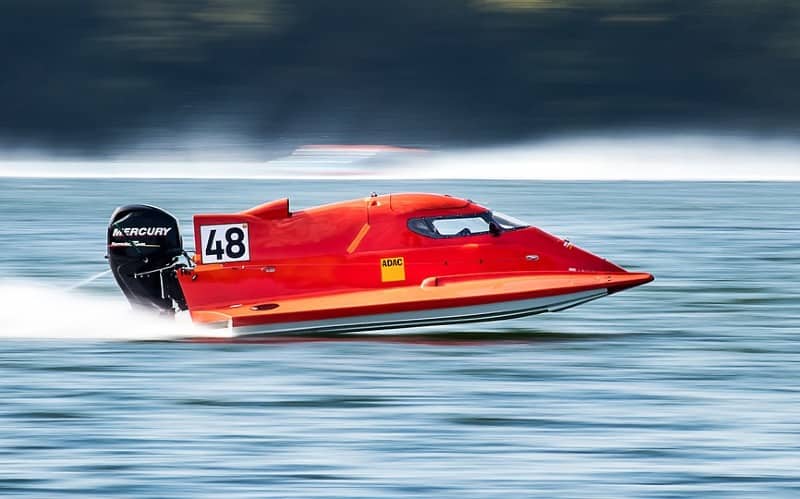
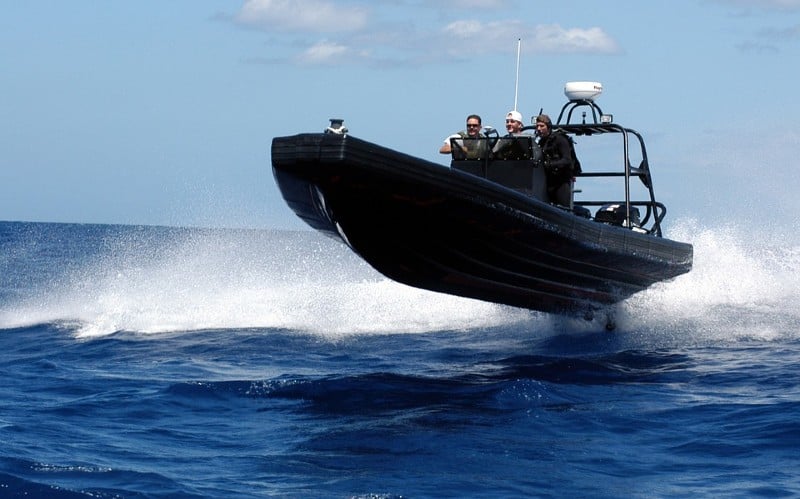
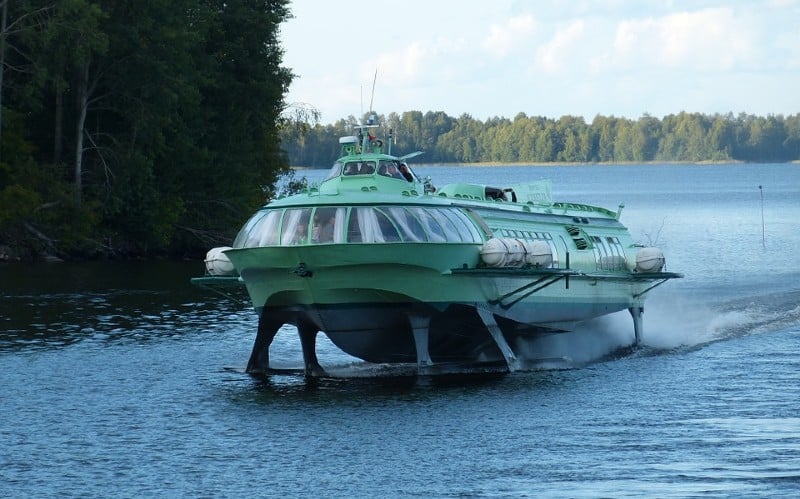

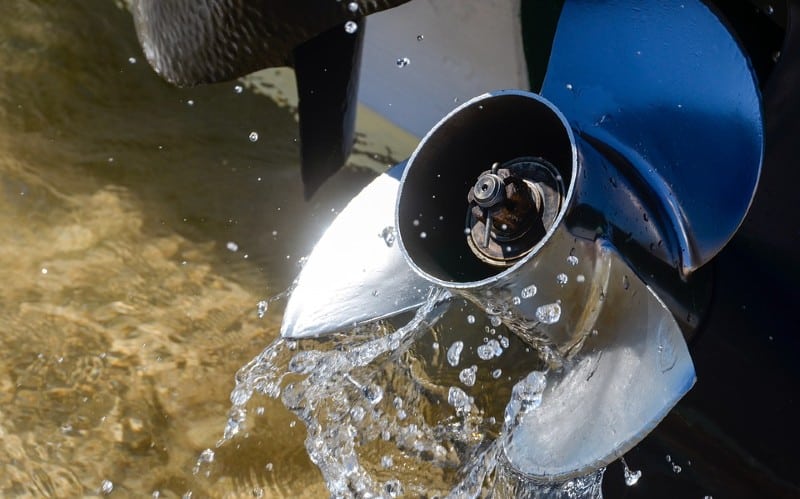
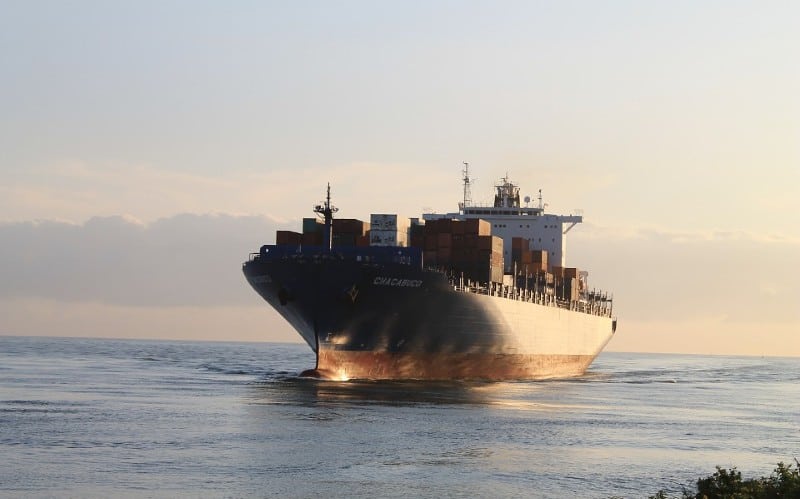












1 Comment
stuart wayne combridge on November 6, 2022
iWORK IN THE FIBERGLASS BOAT BUILDING INDUSTRY . First was sail boats up to 50 foot going down to sailing dighies
Later Power boats mostly inboard singlle engines , Later out board powered singles and much later twin outboards . As a builder i was always consious of designs and shapes and what would do what also weight of construction As new materials came into use so boats became lighter BUT stronger so adding everything together im in the stage of teaching younger workers all and everything that took me half a life time to learn !
Need help please